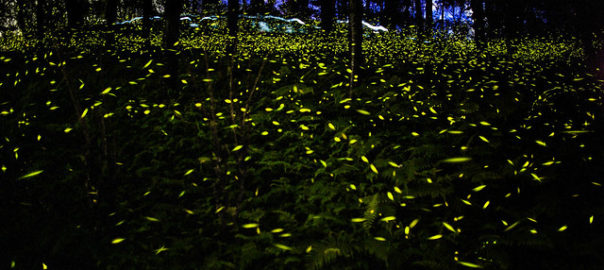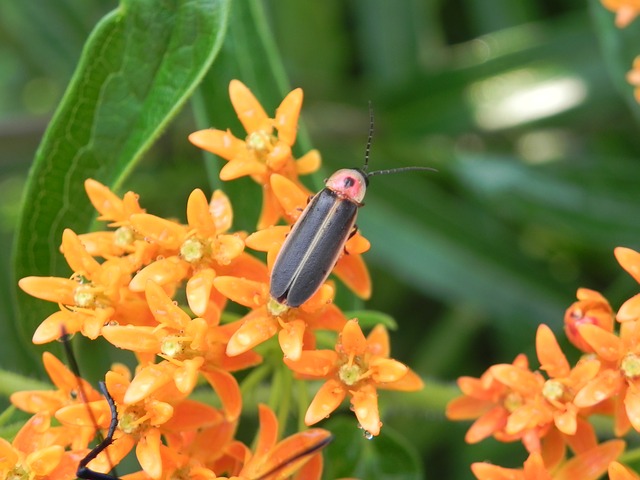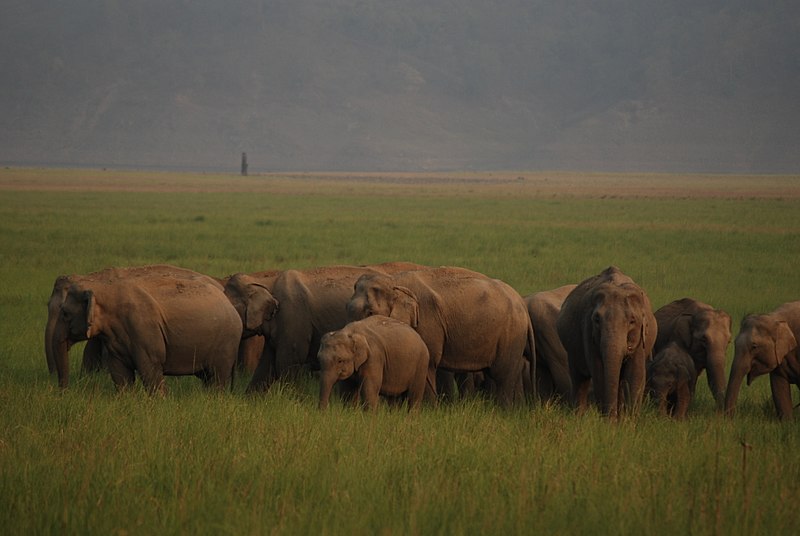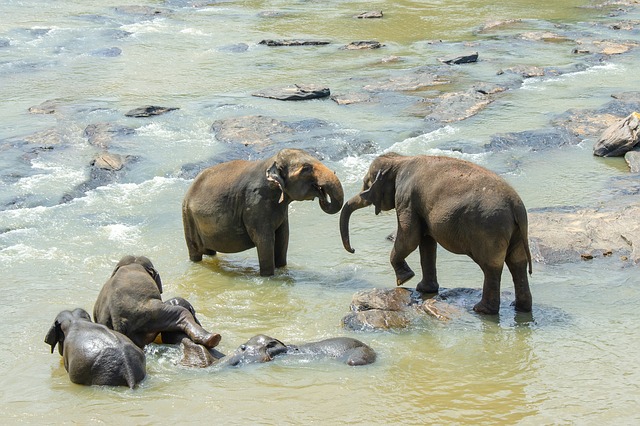Have you ever noticed insects disappearing from your surrounding over the last few years? Try and recall the last time you saw a hawk moth, dragonfly, or butterfly around your house? Fact is, with the expanding city limits and other anthropogenic activities, we are losing wildlife habitats, green spaces, and wetlands in an unusual way. Habitat degradation and loss mediated by the land-use change have emerged as primary reasons driving biodiversity loss. And what people cannot find in cities, they are trying to find in the pristine forests, but at what cost? The latest short term threat to the insects, especially fireflies of Sahyadris, is the so-called ‘Firefly Festivals’ which have popped up everywhere.
Also Read: Decoding the Lives of Mystery Insects
Luring weekend travellers and nature lovers by advertising stunning pictures of trees and forests glimmering as hundreds of tiny fireflies congregate in such remote places, the many festival tour managers are making a fortune. Unfortunately, what we do not understand is that if the festivals continue the way they are designed, soon there might not be any more fireflies. Firefly festivals are harming nature and breeding cycle of fireflies in an untraceable way. The sure way to understand the depth of the problem is to understand what goes into it.
What is the Firefly Festival?
Firefly festivals are short guided night tours where tour managers take a bunch of enthusiasts to undisclosed remote locations to show fireflies. Typically, the festival places are the hotspots for the breeding congregation of fireflies.
Fireflies or lightning bugs are Lampyridae family members (Order: Coleoptera) which exhibit bioluminescence to attract mates and lure prey. Males are pollen eaters and females (glow worms) predators. Pre-monsoon is their breeding season, resulting in their peak activity. The festivals are the latest wildlife tourism sensation occurring in pre-monsoon season (first half of June), during the peak breeding period of the tiny glowing fireflies. Hiking in remote areas such as Bhandardara, Tryambakeshwar, Rajmachi, Bhimashankar, and Purushwadi in Maharashtra, at night with flashlights and scanning its entirety as it unfolds the nocturnal world, these leisure tours are gaining popularity causing an unimaginable and untrackable disturbance.
Also Read: Caught in their Silky Web
What is Wrong with the Firefly Festivals?
Would a harmless activity such as watching fireflies from a distance and taking their photographs as well as your selfies in the glimmering forest, affect lives of the insects? Yes, say experts.
“The communication between male and female fireflies depend on light signals. Since matchmaking duration in case of fireflies is limited and habitat destruction and light pollution have already taken the toll on these delicate insects, we need to rethink about such festivals”; explains Mr. Rahul Khot, an entomologist working with Bombay Natural History Society.
Fireflies are highly sensitive towards artificial lights. Using flashlights to track them, taking photographs with flash on, and introducing artificial light at the firefly congregation hotspots ruin the whole purpose of their congregation.
And this is just the beginning of the menace the firefly festivals create! Firefly festivals are night group outings, disturbing not only fireflies but also the nocturnal wildlife.
What Should We Do?
Few concerned groups have started an awareness movement, and it is now gaining pace. Scientists from various fields have unanimously begun outreach and awareness through public media, and its positive effect is visible.
One of the lead ecologists Dr Saili Palande-Datar says, “It is seen that even if one reduces the group size for the event or ban any artificial light, trampling of firefly females, microfauna, and vehicular pollution cause ecological damage and disturbs the habitat and the activity of insects. Stringent policy and guidelines need to be formulated and implemented all across Western Ghats to curb the cumulative damage.”
Not all tour operators are insensitive towards the cause; some groups such as Durga Sakha, organisers from Rajmachi, and photographers group of Mumbai have cancelled the firefly festival and photography events after realizing the depth of the situation. It is a welcome step, and hopefully more and more groups will join hands to ban such events.
The world around us is changing rapidly, and its biotic elements are fading away. Concerned scientists have declared that the ecological Armageddon is upon us, evident from the colossal loss in insect diversity and population recorded from long term field experiments. With insects gone, we will lose several ecosystem services, the most significant being pollination. Without insects, the world will be a bitter experience, and human life will be in jeopardy. This is high time we get serious about happenings around us and become sensitive towards wildlife and their habitats, and raise concerns regarding their conservation.
Watching fireflies is an experience everyone must have, but without disturbing them. However temporary the firefly congregation may be, if you impact it with your footprint, you have not earned it.
Also Read: Migratory Butterflies of India Make Smart Choices
Featured image by Sam Weng via Flickr
If you liked what you read and wish that we continue to bring stories of lesser known species into the mainstream, do support our work by clicking here.







